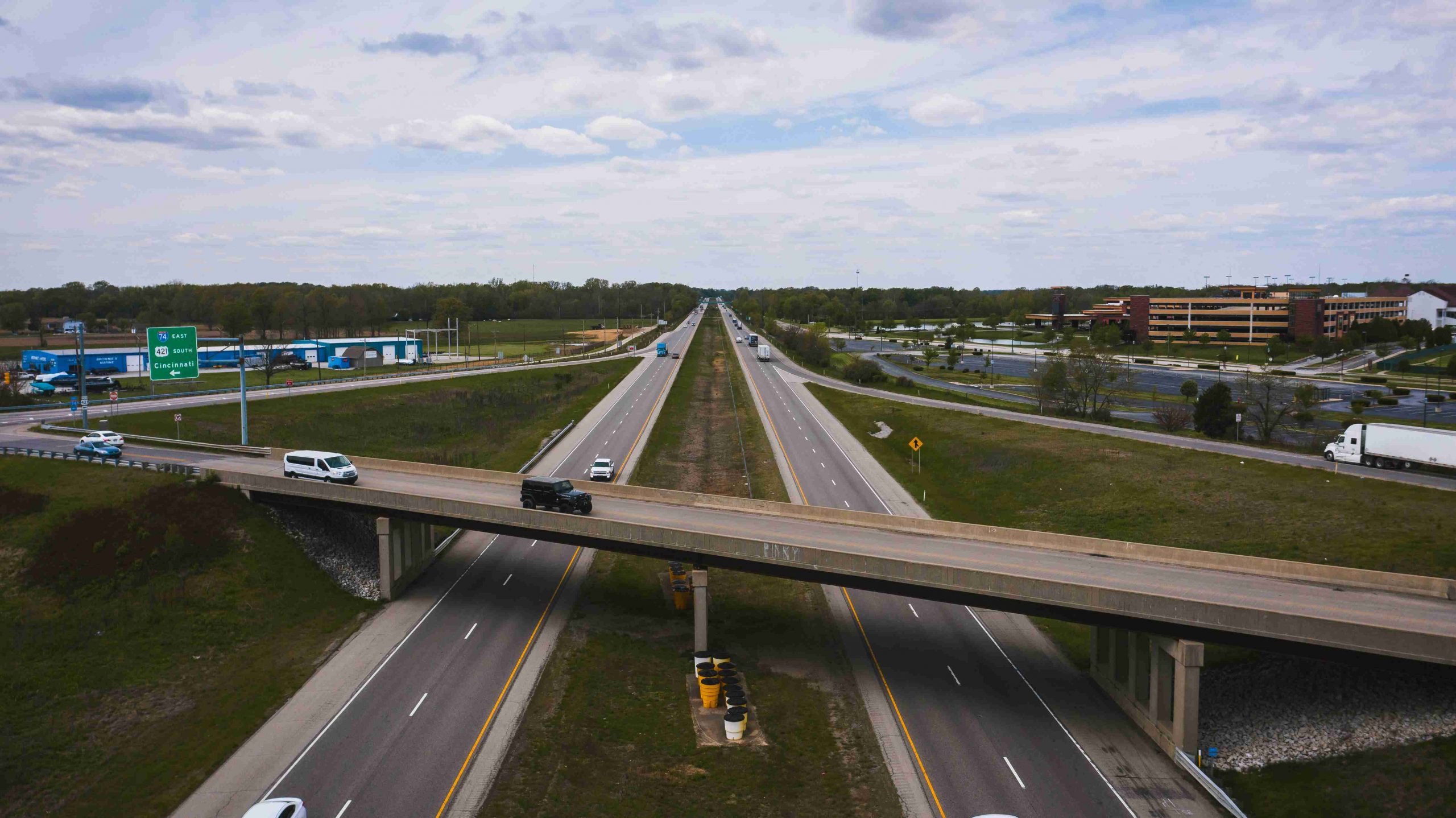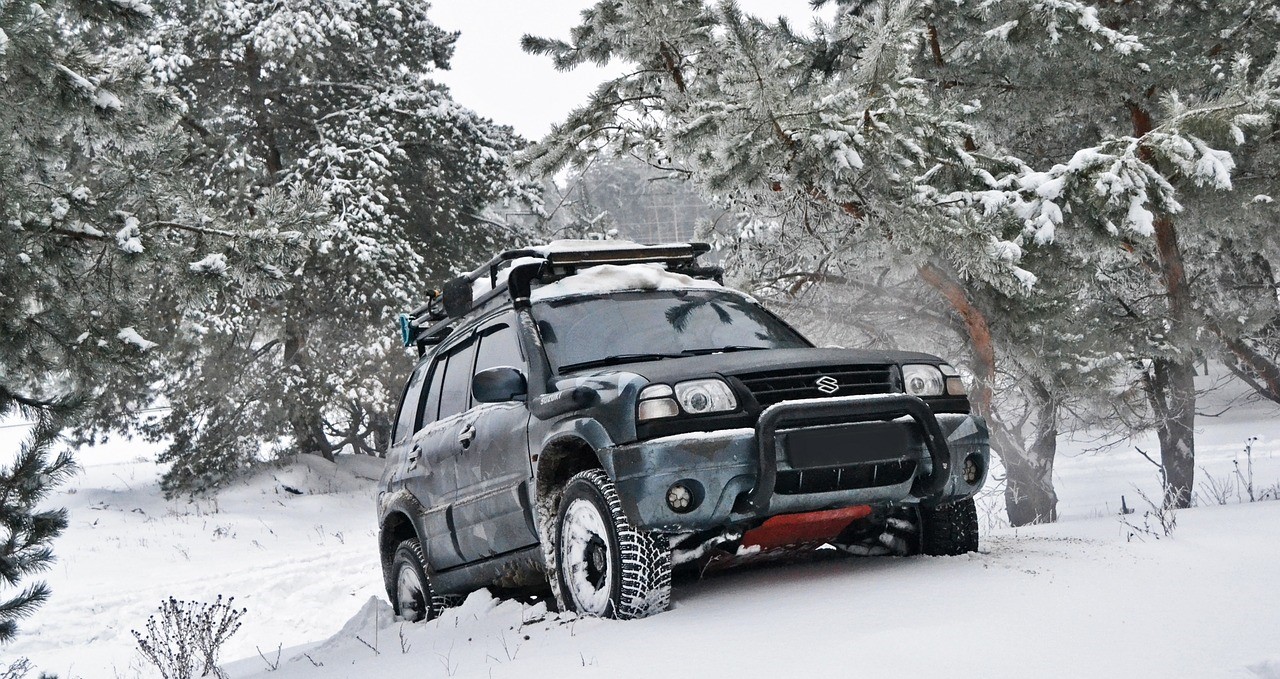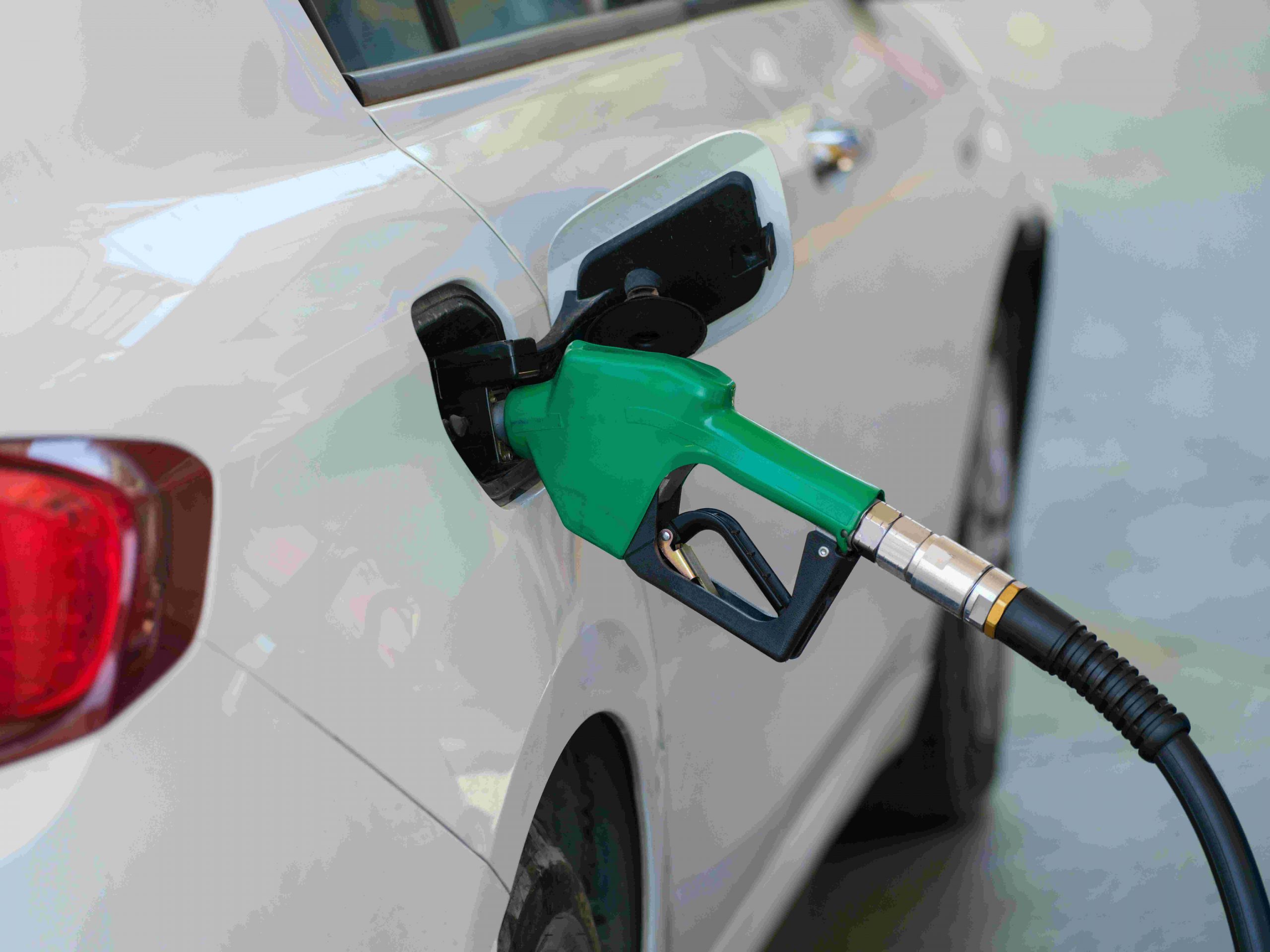
Looking for a dependable used car in Indiana means finding one that can tackle the state’s unpredictable weather—from harsh winter snowstorms to heavy summer rain. But hidden problems in a vehicle’s past can lead to surprise repair bills. A smart way to prevent this is by running a comprehensive license plate search. This reveals key details about the car’s history and condition, giving you the insight needed to drive away with confidence.
Let’s look at which used cars shine in Indiana’s varied climate and how to safeguard yourself from hidden risks.
All-Wheel Drive (AWD) or Four-Wheel Drive (4WD)
AWD and 4WD improve winter driving, but each suits different conditions. AWD automatically adjusts power for better traction on highways, city streets, and light snow, making it ideal for urban and suburban areas. It’s more fuel-efficient and enhances stability without manual input.
4WD, manually engaged, excels in extreme winter conditions like deep snow or uneven, icy terrain, providing more control for off-road and rural driving. While less fuel-efficient, it offers rugged reliability in severe weather.
Both options enhance safety and performance, making them valuable for Indiana’s unpredictable winters.
Rust Resistance for Snow and Salt Exposure
-
- Indiana’s harsh winters and road salting accelerate rust formation, especially on vehicle undercarriages and metal components.
- Choosing vehicles with rust-resistant features like galvanized steel or advanced corrosion-resistant coatings helps reduce rust risk.
- Many automakers offer extended corrosion warranties for added protection.
- Inspect key areas like the undercarriage, wheel wells, exhaust, and frame for signs of rust when buying a used car, especially those driven in snowy conditions.
- Regular underbody washing, rust inhibitors, and aftermarket undercoating services provide extra protection against rust and salt damage.
Heated Seats and Steering Wheel for Comfort in Winter
-
- Heated seats and a heated steering wheel are game changers during Indiana’s brutal winters, where temperatures often plunge below freezing.
- These features provide immediate warmth as you step into a cold vehicle, keeping drivers comfortable and focused right from the start.
- The cozy heat from seats and steering wheels not only wards off discomfort but also keeps muscles loose and fingers nimble, preventing the chill from impacting driving performance.
- Heated seats, in particular, promote circulation on long drives, reducing fatigue—essential for staying sharp on icy roads.
- By keeping drivers warm and alert, heated seats and steering wheels lead to better control and safer decisions in challenging winter conditions.
Good Ground Clearance for Snow

-
- A vehicle with higher ground clearance (6.5 to 8 inches or more) keeps the undercarriage safe from getting stuck or damaged in deep snow, especially on unplowed roads.
- SUVs and crossovers handle snowy terrain better than sedans or hatchbacks, thanks to their elevated stance, which gives them an edge over rough, snow-covered paths.
- Pairing all-wheel drive (AWD) or four-wheel drive (4WD) with decent ground clearance boosts traction and control, making snowy and icy roads easier to navigate.
- Winter tires boost grip and traction in snow, working in harmony with a vehicle’s ground clearance and drivetrain.
- Keeping your vehicle’s suspension and drivetrain in good shape maintains peak ground clearance and performance, critical for navigating snowy conditions.
Reliable Climate Control for Humid Summers
-
- Proper servicing, including refrigerant checks and filter replacements, ensures optimal performance during Indiana’s humid summers.
- Features like dual-zone or tri-zone climate systems allow independent temperature settings, providing comfort for all passengers.
- Vehicles with automatic humidity sensors prevent window fogging, improving safety by maintaining clear visibility.
- Advanced filters help improve air quality by removing dust and allergens, benefiting those with respiratory sensitivities.
- A combination of efficient A/C, humidity sensors, and defogging systems ensures comfort and safety in Indiana’s hot, muggy conditions.
Tires Suited for All-Season Performance
-
- The state and type of tires on a used vehicle can influence everything from safety and handling to potential maintenance expenses down the road.
- These tires are well-suited for various weather conditions, providing reliable traction and lasting durability in dry, wet, and light snow situations.
- If the car comes with good all-season tires, you’re spared the immediate cost of replacements while being equipped for a wide range of driving environments.
- Tires like summer models might not match your region’s weather, and worn-out tires mean factoring in the price of new ones.
- While all-season tires can help avoid the hassle of seasonal swaps and enhance safety, check for wear, as it might point to other vehicle issues.
Strong Defrosting and Wiper Systems
-
- Before buying a used car, check the tires’ condition and type. They play a big role in safety, driving experience, and future expenses.
- These tires handle a range of conditions—dry roads, wet surfaces, and light snow—making them a great choice for various climates and cutting down on the hassle of seasonal changes.
- Cars with well-maintained all-season tires spare you the initial expense of new tires and offer peace of mind for various driving scenarios.
- If the vehicle has summer or worn-out tires, you’ll need to budget for replacements with all-season tires to ensure peak performance in changing weather.
- Even if the car has all-season tires, examine tread depth and wear patterns. Uneven wear could signal issues like misalignment or suspension problems, so plan for potential replacements if needed.
Fuel Efficiency for Long Commutes

-
- In cities like Indianapolis, fuel efficiency can be affected by heavy traffic. Hybrid vehicles or those with efficient transmissions may perform better in stop-and-go conditions.
- For rural driving where highway speeds and longer distances are common, vehicles with high highway fuel efficiency can reduce overall fuel costs.
- Compact SUVs balance space and fuel economy, often achieving better fuel efficiency than larger SUVs, while fuel-efficient sedans are Ideal for long commutes due to lower fuel consumption rates, particularly on highways.
- Vehicles with high highway MPG ratings are crucial for long trips to save on fuel. Meanwhile, hybrid and electric vehicles provide excellent fuel efficiency and further savings, with electric vehicles being a good choice if charging infrastructure is available.
When searching for a used car in Indiana, prioritize reliability, performance, and safety for various weather conditions. Indiana’s mix of snow, ice, and rain demands a vehicle that can handle tough roads. Use Indiana license plate lookup to check the vehicle’s history and avoid hidden issues. This will help you choose a car suited for Indiana’s climate and ensure your safety on the road.